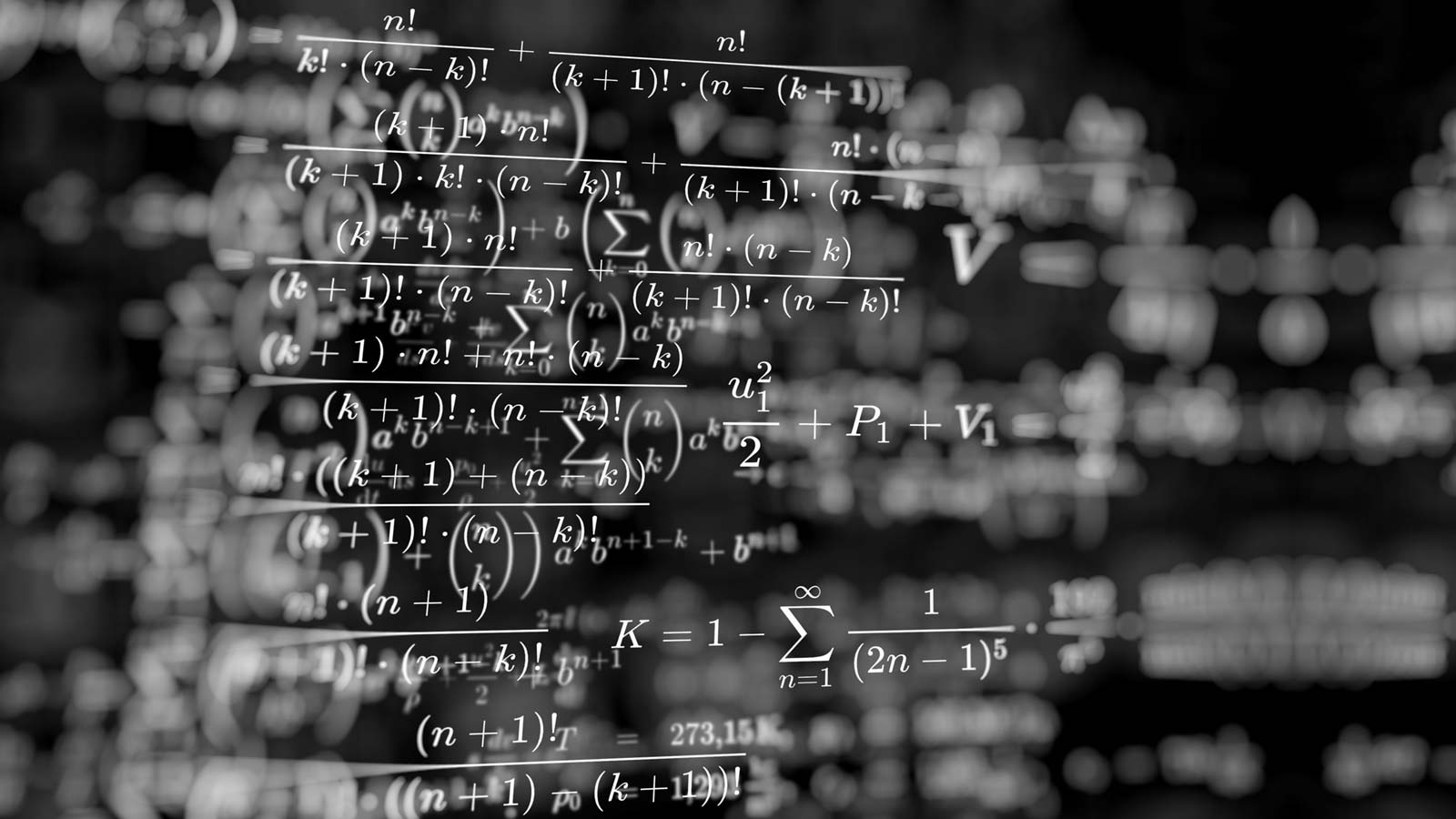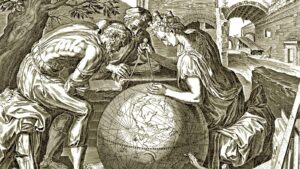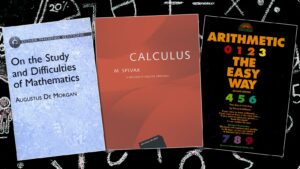
Before the beginning of the modern age, many mathematical discoveries took place in different parts of the world. Evidences exist in the form of structures with astonishing geometrical precision. Such accuracy wouldn’t have been possible without the knowledge of mathematics. Written records of some of these ancient mathematical developments survive even today.
It is believed that mathematics was used for the purpose of commerce, taxation, and trade even before 3,000 BC. It was of great help in the ancient times for studying the patterns of nature. Besides this, it was useful for the purpose of recording time and creating calendars. The field of astronomy in ancient times has also used mathematics to a great extent.
The oldest surviving texts
Among the earliest texts of mathematics is Plimpton 322, which is a Babylonian clay tablet. Experts believe that its creation took place somewhere between 2000 and 1900 BC. Another great example of the earliest texts in mathematics is the Rhind Mathematical Papyrus. The origin of this ancient mathematical text dates back to 1800 BC.
These texts contain a concept that bears similarities to the Pythagorean triples. So, many experts believe that the Pythagorean theorem is the most ancient and widespread mathematical development. Of course, older arithmetic and geometrical concepts do exist.
Mathematics as a field of study
It was the Pythagoreans who began using mathematics as a demonstrative discipline somewhere during the 6th century BC. The word ‘mathematics’ comes from the ancient Greek term ‘mathema’. It literally translates as the ‘subject of instruction’. The Greek mathematics significantly refined the methods and expanded the subject matter.
This was possible through deductive reasoning and proofs that used mathematical rigor. The ancient Romans made use of applied mathematics in several areas. These included structural engineering, book keeping, surveying, mechanical engineering, and creation of calendars. The first use of negative numbers was made in China. Over the course of the 1st millennium AD, the Hindu-Arabic numeral system and its associated rules evolved.
They came to the Western world through the works of Muhammad ibn Musa al-Khwarizmi. From the 12th century onward, several Greek and Arabic mathematical texts were translated into Latin. This led to the further development of mathematics in the European world.
Mathematics in recent times
The Clay Mathematics Institute made an announcement of the seven Millennium Prize Problems in 2000. Grigori Perelman solved the Poincare conjecture in 2003. However, he declined to accept an award for the achievement because of his opposition to the mathematics establishment. Today, most of the mathematical journals are available in print as well as online versions.
Some of the journals that were recently launched are available only in the online format. The creation of an open-access repository called ‘arXiv’ took place in 1991. It resulted in an increasing drive towards open access publishing, which has helped the study of mathematics.
Future trends in mathematics
Mathematics as a subject will grow even faster with the advent of modern and powerful computers. In addition to this, there are several other trends in mathematics that have been predicted. This includes the application of mathematics on an even larger scale in bioinformatics.
The volume of data that science and industry have been producing is expanding on an exponential scale. One can expect this to expand further with the use of next-generation computers.








